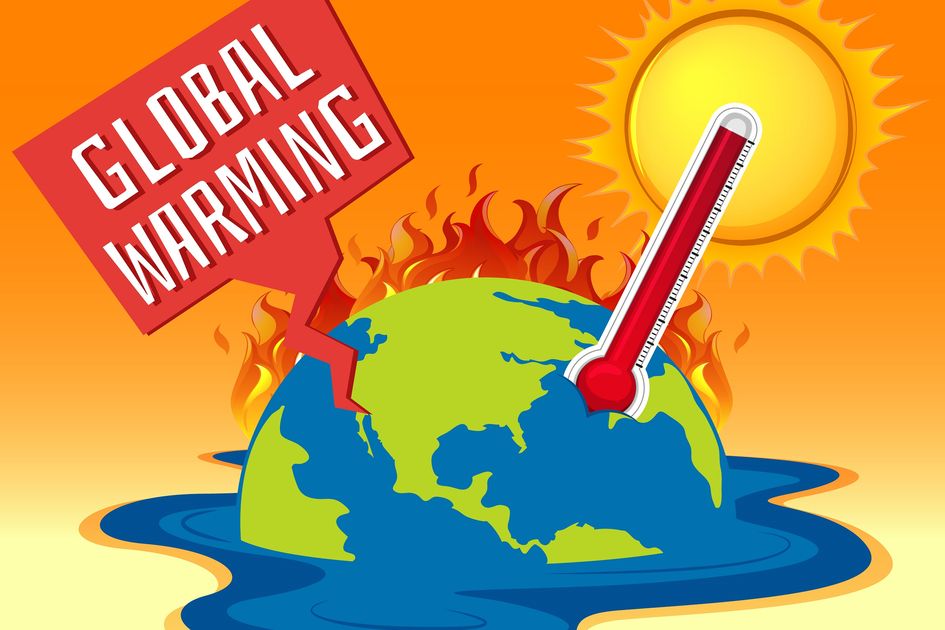Global warming, a major aspect of climate change, refers to the long-term increase in Earth’s average surface temperature. This phenomenon is driven primarily by human activities that release greenhouse gases into the atmosphere. Addressing global warming is crucial for maintaining ecological balance and ensuring a sustainable future for all.
Causes of Global Warming
- Greenhouse Gas Emissions: The burning of fossil fuels such as coal, oil, and natural gas for energy releases large amounts of carbon dioxide (CO₂) and other greenhouse gases (GHGs) into the atmosphere. These gases trap heat, leading to an increase in global temperatures.
- Deforestation: Trees absorb CO₂ from the atmosphere. Deforestation, driven by logging and land conversion for agriculture, reduces this natural carbon sink, exacerbating the greenhouse effect.
- Industrial Activities: Industrial processes contribute significantly to greenhouse gas emissions. Factories and power plants release pollutants that not only increase global temperatures but also impact air quality.
- Agricultural Practices: Agriculture contributes to global warming through methane emissions from livestock and rice paddies, as well as nitrous oxide from fertilizers. These gases have a potent warming effect on the atmosphere.
Impacts of Global Warming
- Rising Sea Levels: Higher global temperatures cause polar ice to melt, contributing to rising sea levels. This threatens coastal communities with increased flooding and erosion.
- Extreme Weather Events: Global warming is linked to more frequent and severe weather events, such as hurricanes, heatwaves, and heavy rainfall. These events can cause widespread damage and disrupt ecosystems.
- Loss of Biodiversity: Changing temperatures and habitats put many species at risk. Coral reefs, for instance, are suffering from bleaching due to warmer ocean temperatures, affecting marine biodiversity.
- Disruption of Ecosystems: Shifts in climate can disrupt ecosystems and food chains, impacting agriculture and leading to changes in wildlife migration patterns and natural habitats.
Mitigation Strategies
- Renewable Energy: Transitioning to renewable energy sources such as wind, solar, and hydroelectric power reduces reliance on fossil fuels and lowers greenhouse gas emissions.
- Energy Efficiency: Improving energy efficiency in buildings, transportation, and industries can significantly reduce energy consumption and emissions.
- Reforestation: Planting trees and restoring forests enhance carbon sequestration and help mitigate the effects of deforestation.
- Sustainable Practices: Adopting sustainable agricultural and industrial practices reduces greenhouse gas emissions and minimizes environmental impact.
- Policy and Regulation: Governments play a crucial role in addressing global warming through regulations, international agreements, and incentives for green technologies.
Conclusion
Global warming is a pressing issue with far-reaching effects on the planet’s climate, ecosystems, and human societies. By understanding its causes and impacts, and by implementing effective mitigation strategies, we can work towards a more sustainable future. Collective action from individuals, businesses, and governments is essential to combating global warming and protecting our planet for future generations.
